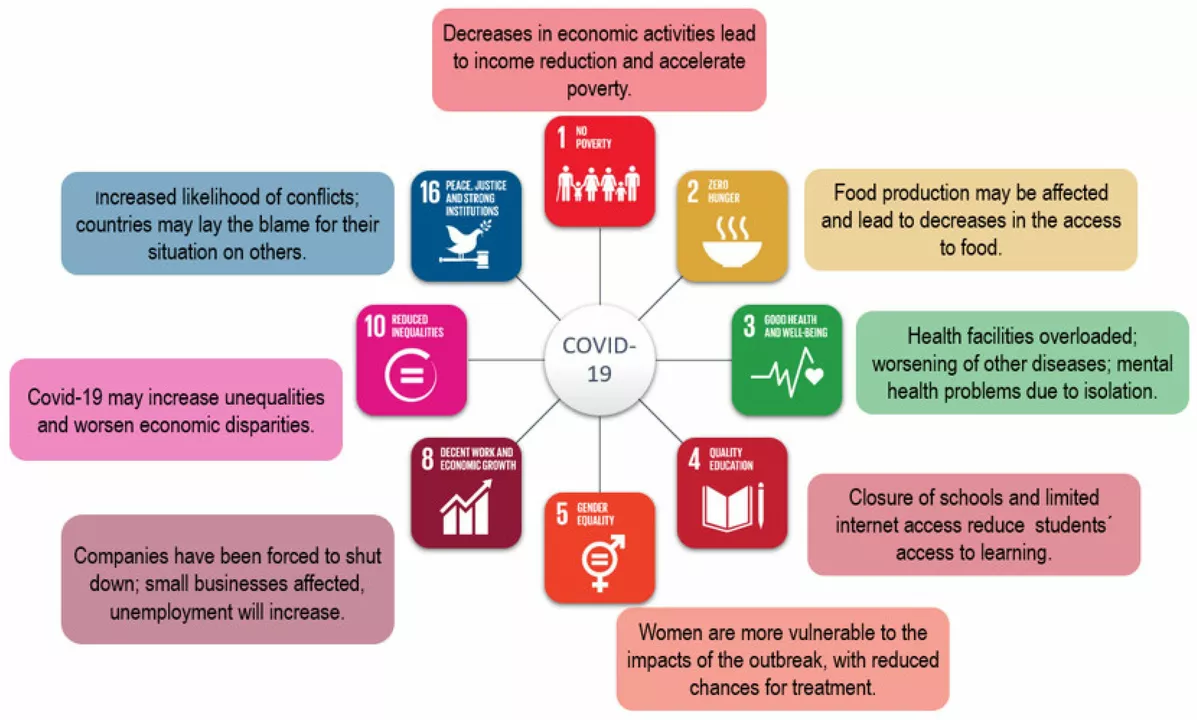I recently came across an interesting topic that connects flatulence with mental health. It turns out that gas can actually affect our well-being in various ways. For example, excessive flatulence can lead to social embarrassment, causing anxiety and stress. Additionally, poor gut health, which can cause increased gas production, has been linked to mood disorders like depression. So, it's important to pay attention to our digestive health not just for physical comfort, but for our mental well-being as well.
Flatulence: Why It Happens and Simple Ways to Stop the Gas
If your belly feels like a balloon ready to pop, you’re not alone. Flatulence is just extra air or gas building up in the digestive tract, and most people deal with it daily. The good news? You can control it without expensive tests or prescriptions. Below are real‑world tips that work for anyone dealing with unwanted gas.
Common Triggers of Flatulence
The first step to less gas is spotting what’s feeding it. Beans, lentils, broccoli, cabbage and onions are famous for causing bubbles because they contain tough‑to‑break fibers called oligosaccharides. Sugar substitutes like sorbitol and mannitol, often found in sugar‑free gum or diet drinks, also linger in the gut and ferment into gas.
Swallowing air is another hidden culprit. Talking while you eat, drinking through a straw, or chewing gum can make you gulp extra air that later escapes as flatulence. Carbonated beverages add even more fizz to the mix. If you notice a pattern after meals, try cutting back on one of these foods for a week and see if the noise quiets down.
Quick Relief Strategies
When you’re already feeling gassy, a few fast actions can bring relief. Walking around for ten minutes helps move gas through the intestines faster than sitting still. Gentle belly stretches—like pulling your knees to your chest while lying on your back—can also free trapped bubbles.
Over‑the‑counter options are handy if lifestyle tweaks aren’t enough. Simethicone tablets break up tiny gas droplets, making them easier to pass. A daily probiotic with strains like Bifidobacterium lactis can balance gut bacteria and lower gas production over time. For those who tolerate dairy, a lactase supplement taken before milk or cheese meals reduces the lactose that fuels gas.
Don’t forget your diet basics: stay hydrated, eat smaller meals, and chew food thoroughly. These habits reduce the amount of air you swallow and give enzymes more time to break down foods properly. If you’ve tried these steps for a month and flatulence is still severe—or comes with pain, weight loss, or blood in stool—talk to a healthcare professional. Persistent gas can signal conditions like IBS, small‑intestinal bacterial overgrowth (SIBO), or gallbladder issues that need proper diagnosis.
In short, flatulence is usually harmless and often controllable with simple changes. Identify trigger foods, avoid gulping extra air, move your body after meals, and consider an OTC aid if needed. With these practical moves, you can keep the gas in check and feel more comfortable throughout the day.

